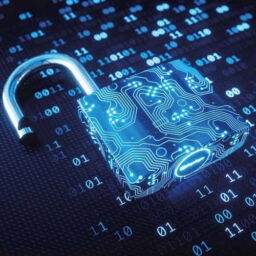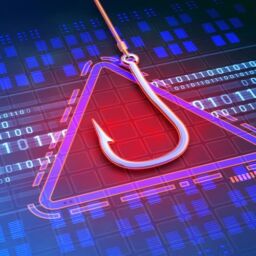
Cybersecurity has become crucial for companies, especially with the growing remote work trend driven by the Covid-19 pandemic. The remote work culture has brought about significant cost-saving advantages for companies while providing employees the flexibility to balance work and family life. However, along with these benefits, the rise of remote work has also brought several cybersecurity risks that must be addressed. This article will delve into the top 10 cybersecurity risks remote employees can face.
1.Phishing Attacks: Phishing attacks remain a significant threat to remote employees. Cybercriminals employ deceptive emails, messages, or phone calls to trick individuals into revealing sensitive information. An employee might receive an email from their IT department requesting their login credentials to resolve a technical issue. By falling for such tactics, employees unknowingly compromise their accounts and expose confidential data to attackers.
2.Insecure Wi-Fi Networks: Working remotely often involves connecting to public or unsecured Wi-Fi networks, such as coffee shops or airports. These networks lack encryption and are prime targets for hackers looking to intercept data transmitted over them. For instance, a remote employee accessing their work email over an unsecured network may inadvertently expose confidential client information to cybercriminals.

3.Weak Passwords: Using weak or easily guessable passwords remains a shared vulnerability. Remote employees must create strong, unique passwords for their work accounts. A strong password might include a combination of uppercase and lowercase letters, numbers, and special characters. Weak passwords, such as “123456” or “password123,” are easily exploitable by cybercriminals.
4.Unsecured Devices: Remote employees often use personal devices for work, which may need more essential security measures. For example, a remote employee using outdated antivirus software or failing to implement encryption on their device exposes sensitive data to potential breaches. Companies should encourage employees to use company-provided devices with up-to-date security software and configurations.
5.Lack of Two-Factor Authentication (2FA): The absence of two-factor authentication increases the risk of unauthorized access to remote employees’ accounts. Implementing 2FA adds an extra layer of security by requiring an additional verification step. For instance, after entering their password, employees might receive a unique code on their mobile devices that they must enter to access their accounts. This additional step helps prevent unauthorized individuals from gaining access, even if the password is compromised.
6.Unprotected File Sharing: Remote employees rely heavily on file-sharing platforms for collaboration. However, without proper security measures, sensitive data can be exposed to unauthorized individuals. To mitigate this risk, companies should encourage using secure file-sharing platforms with encryption, access controls, and user authentication mechanisms.
7.Social Engineering Attacks: Social engineering attacks exploit human psychology to manipulate remote employees into revealing sensitive information or granting unauthorized access. For example, an attacker might impersonate a co-worker or a trusted authority figure to deceive an employee into divulging their login credentials or providing access to confidential files. Educating remote employees about standard social engineering techniques and promoting a culture of skepticism can help prevent such attacks.
8.Malicious Software Downloads: Downloading software or files from untrusted sources can introduce malware onto remote employees’ devices. For instance, a remote employee might unknowingly download a seemingly legitimate application that contains malicious code designed to steal sensitive data or gain unauthorized access. It is crucial to download software from trusted sources and be cautious of suspicious attachments or links.

9.Lack of Security Updates: Failure to promptly install updates and patches leaves remote employees vulnerable to known vulnerabilities. Cybercriminals actively exploit these vulnerabilities to gain unauthorized access to devices and networks. Regularly updating operating systems, applications, and security software is essential to address these vulnerabilities and protect against emerging threats.
10.Insider Threats: Remote employees, whether intentionally or unintentionally, can pose insider threats to their organizations. They may mishandle data, share confidential information, or misuse their access privileges. An employee might unintentionally forward an email with sensitive data to an unauthorized recipient. Implementing strict access controls, monitoring systems, and providing thorough cybersecurity training can help mitigate the risks associated with insider threats.
Disclaimer: Any financial and crypto market information given on Analytics Insight is written for informational purpose only and is not an investment advice. Conduct your own research by contacting financial experts before making any investment decisions. The decision to read hereinafter is purely a matter of choice and shall be construed as an express undertaking/guarantee in favour of Analytics Insight of being absolved from any/ all potential legal action, or enforceable claims.
Source: www.analyticsinsight.net














